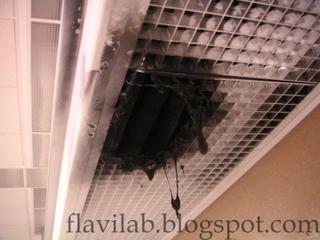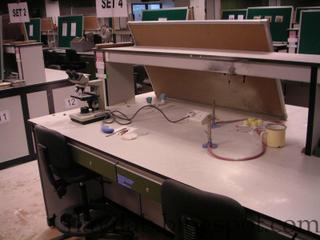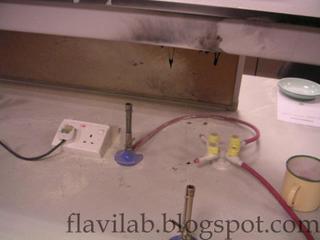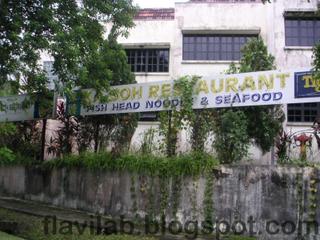
Creepy restaurant, scary...oOooOoOO...
It was raining on the way there, so got a cab. The cabby was this idiot that just had to go against everything you asked. Haiz, forget it.

Amazing acar! good stuff. Probably the best thing around here.

The boy.
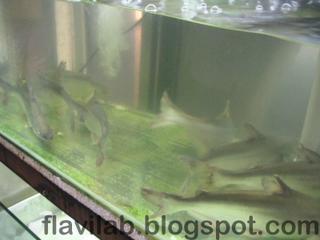
We were sitting near the tanks and this waiter guy came out of nowhere with a bucket and a net, got one out and it started flapping inside the bucket. Sad life, these fish.

Supposedly shark's fin soup. Got real crab meat inside. Yummy sticky stuff.

The cold plate, but with all that fried stuff, looks more like a hot plate. The jelly loooking out-of-this-world, alien-egg-looking thing was interesting.

Flied lice. Normal.

The fish, dead and delicious. They call it Patin. Best served steamed. The stomach area is the best part, because of the smooth textured meat. I ate both stomach areas up, because no one else wanted it. Dr Li said the head was the best part but failed to touch it.
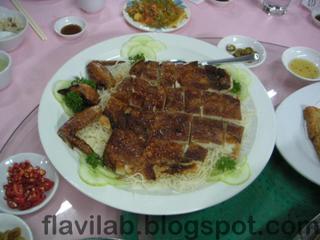
Reconstituted chicken meat. Supposedly, they took out the chicken meat, minced it, made cake like pieces, and fried it with a little piece of real chicken skin. However, the taste seems more like fish cake, dissapointing.
Teren the chicken lover had to do with the chicken wing, which is real meat.
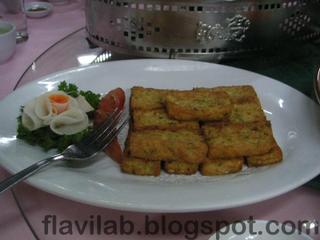
Fish paste fried with tofu, not bad, especially when eaten with the sweet-sour sauce provided.
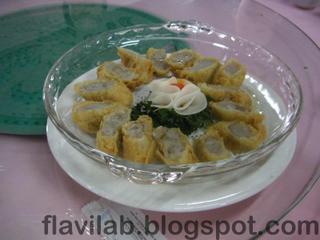
Dessert; fried yam paste in crispy coating. Not bad, not too sweet, and the yam paste is very thick.
Conclusion: stomachs got filled.

















